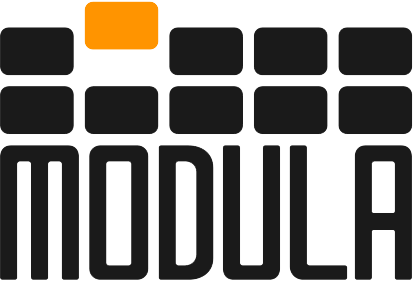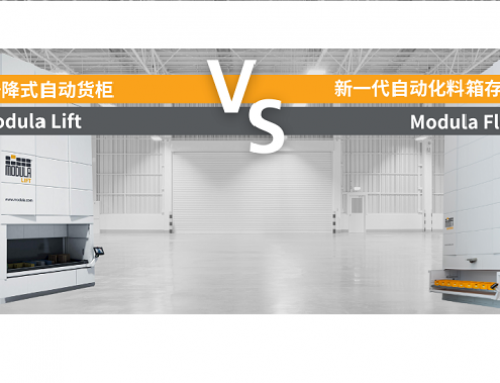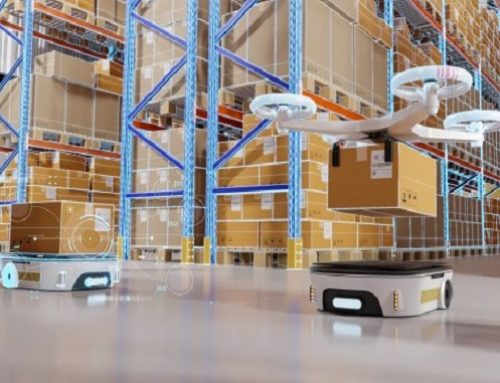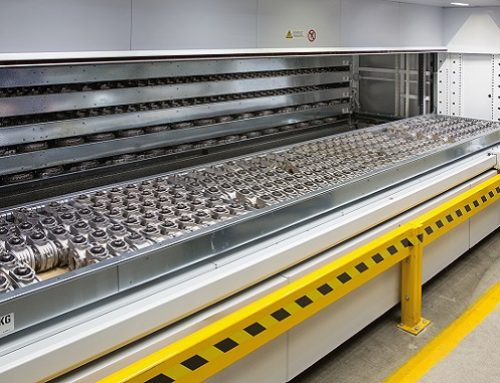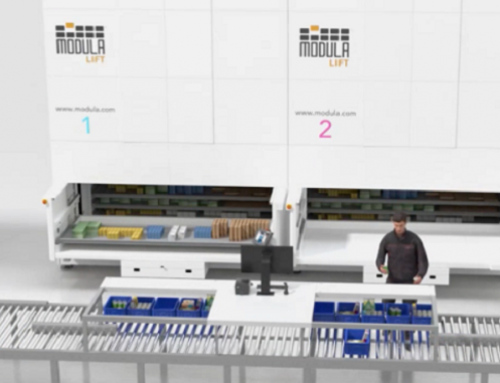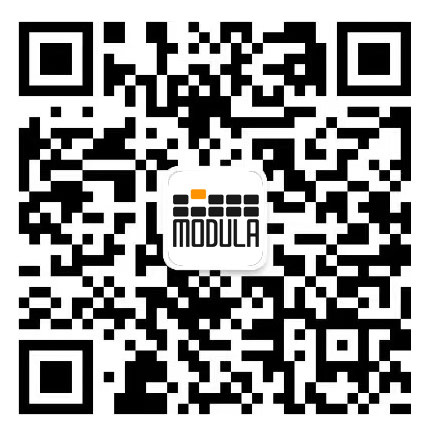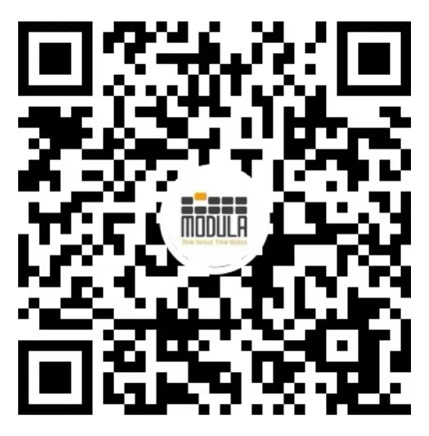Modula vertical lift modules, with their “small footprint, large capacity” design concept, help companies save up to 90% of warehouse space while comprehensively improving efficiency, safety, and management.
To meet the differentiated needs of various industries, Modula provides a wide range of optional accessories (Options).
These options can be used in conjunction with the main system to further optimize workflows in specific scenarios and enhance overall performance.
01
Why Choose Options?
- Efficiency improvement: Make picking and storage/retrieval operations faster.
- Accuracy: Reduce error rates and improve operational consistency.
- Safety protection: Safeguard both personnel and materials.
- Flexible adaptation: Meet the needs of different industries and different processes.
02
Overview of Options
1.Laser Pointer:
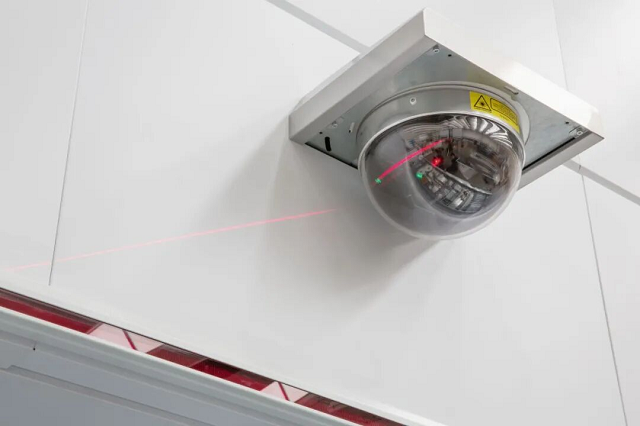
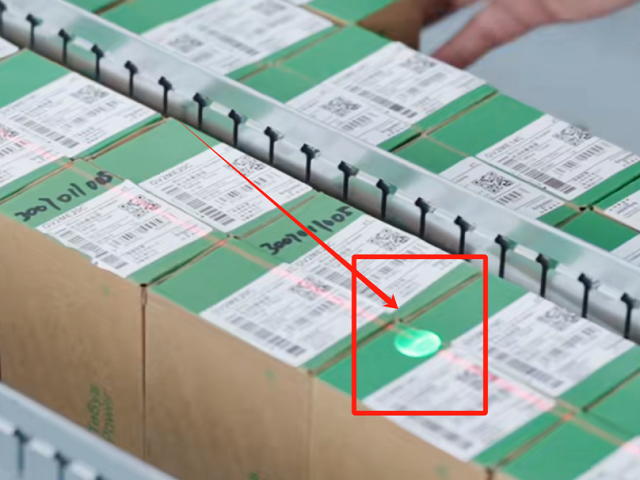
- Uses a red positioning line and green laser dot to quickly locate material positions.
Applicable scenarios:Warehouses with many SKUs and dense storage locations; improves picking efficiency and reduces misoperation rates.
2.Sliding Console:
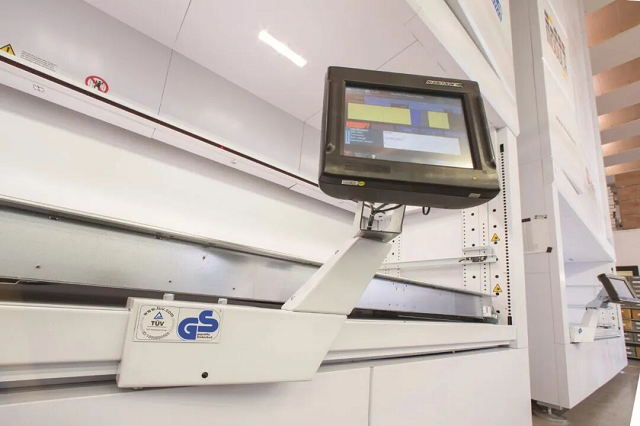
- The console can move along with the picking point, making it more ergonomic.
Applicable scenarios:High-frequency picking operations, reducing unnecessary movements, improving comfort and efficiency.
3.Alphanumeric bar:
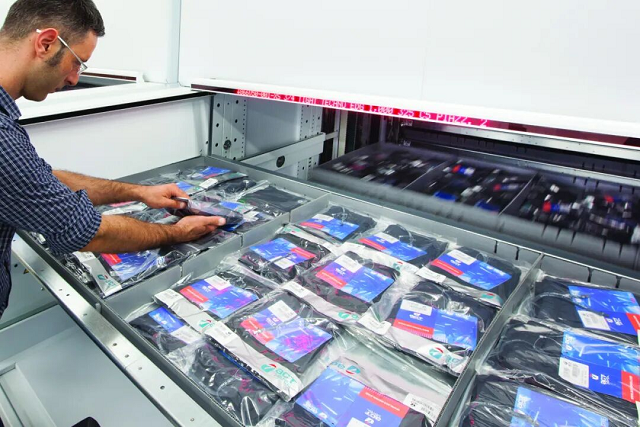
- Displays material quantity, code, and exact location on the tray.
Applicable scenarios:Precision management environments, reducing manual identification errors.
4.Trolley:
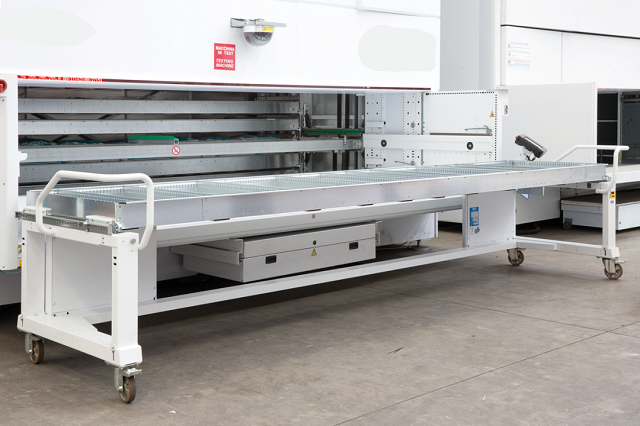
- Assists in removing and transporting fully loaded trays.
Applicable scenarios:Workshop material turnover or production line interfacing, shortening material transfer time and facilitating the handling and circulation of heavier and larger materials.
5.Card Login Systems (EKS / Magnetic badge Reader / RFID Reader):
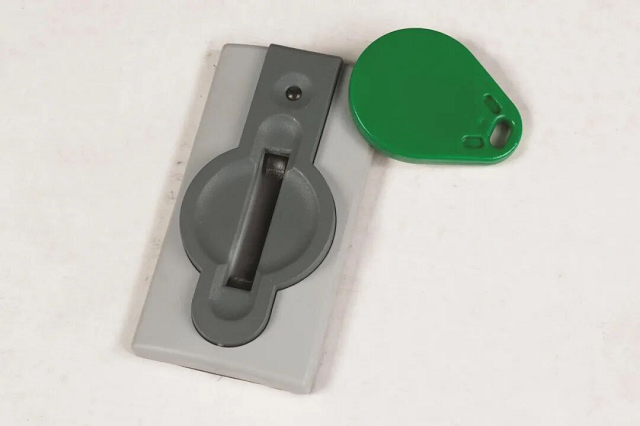
1)Electronic Key System (EKS):An electronic key reader programmable with dedicated software. When the key is removed from the reader, the operation is automatically logged out.
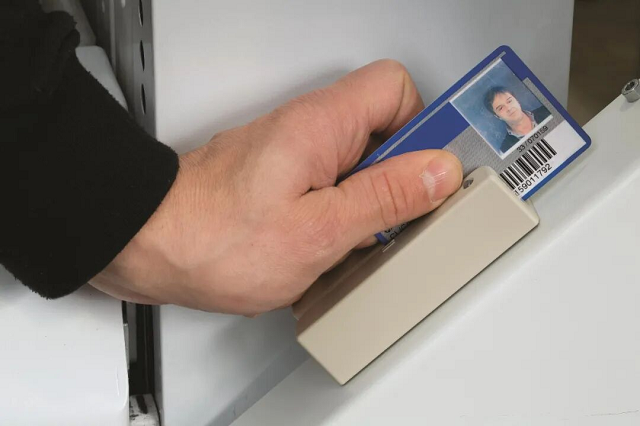
2)Magnetic Stripe Reader:Connects directly via USB to the operator console. Operators use personal badges to access the machine, and each operator can be assigned different permissions.
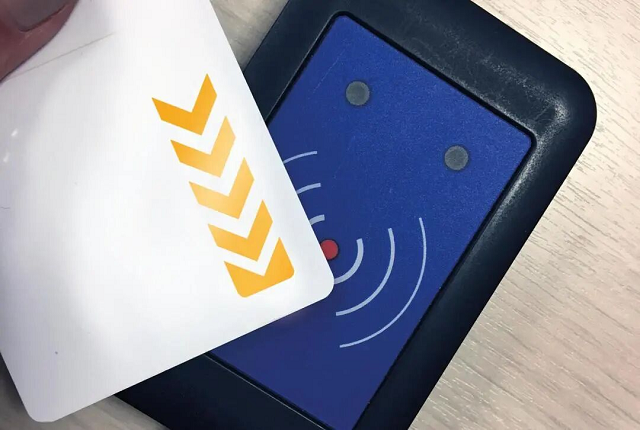
3)RFID Reader:Reads access rights without swiping the card—just place the card near the reader for contactless recognition.
- Enables tiered access management through card swiping or contactless methods.
Applicable scenarios:Industries with strict traceability requirements for access rights, such as pharmaceuticals, aviation, and electronics.
6.Telescopic bay:
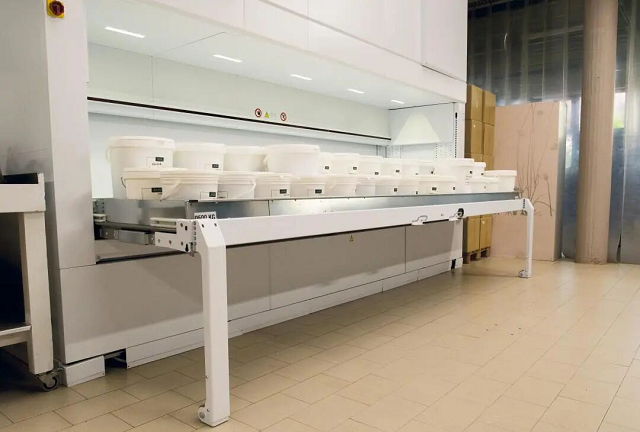
- Extends outward to form an operating platform; retracts when not in use to save space.
Applicable scenarios:Temporary loading/unloading of large or heavy items(can assist with hoisting).
7.ESD Protection System:
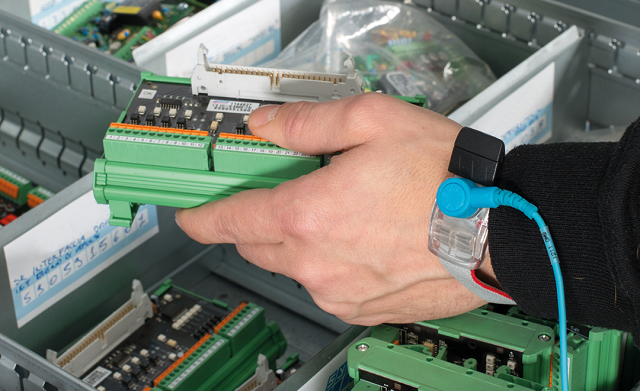
- Includes anti-static wrist straps and mats to protect sensitive components.
Applicable scenarios:Electronics manufacturing, precision instruments, and other environments sensitive to static electricity.
8.Counting Scale:
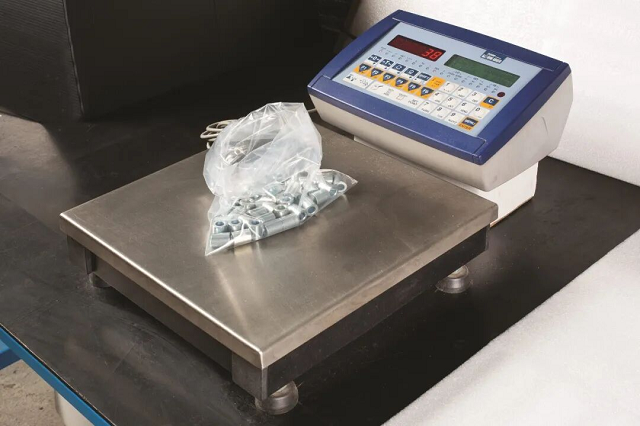
- Calculates quantities by weight; supports single-platform and dual-platform models.
Applicable scenarios:Managing large volumes of small parts, such as screws, nuts, and washers.
9.1D or 2D barcode Reader
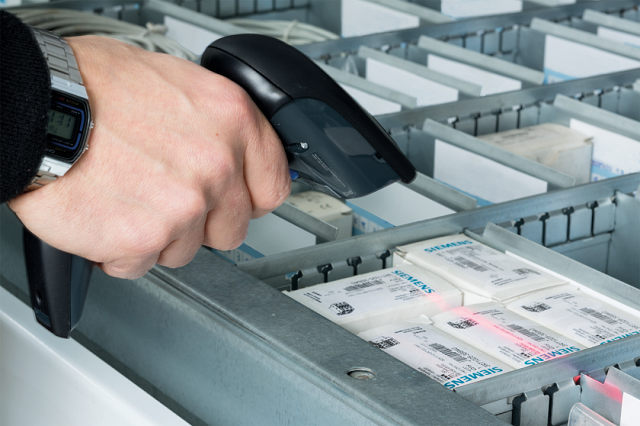
- Uses QR code scanning for storage/retrieval and order verification.
Applicable scenarios:E-commerce warehousing and 3PL management, ensuring order accuracy.
10.Foot bar task complete:
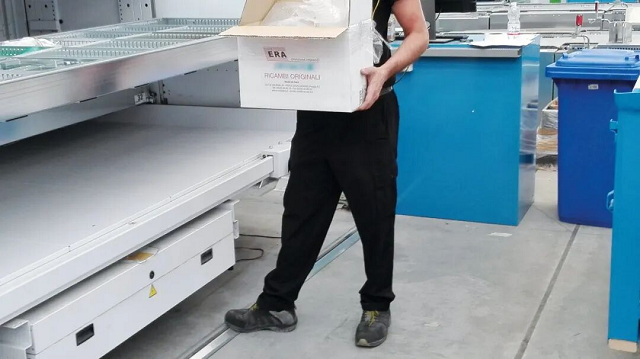
- Foot pedal button for quick operation confirmation.
Applicable scenarios:Situations where hands are occupied or in cleanroom environments, reducing touchscreen use.
11.Metal Dividers:
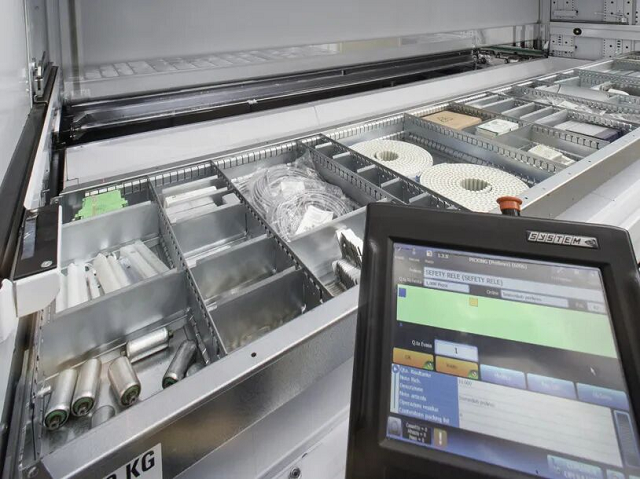
- Divide trays into different sections with flexible adjustment.
Applicable scenarios:Centralized storage of parts with multiple specifications on the same tray.
12.Put-to-Light Display (PTL):
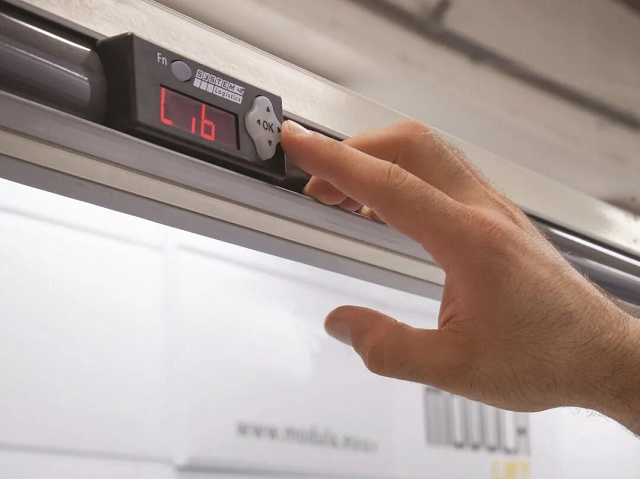
- Used for batch picking, supporting setups such as put walls and picking carts.
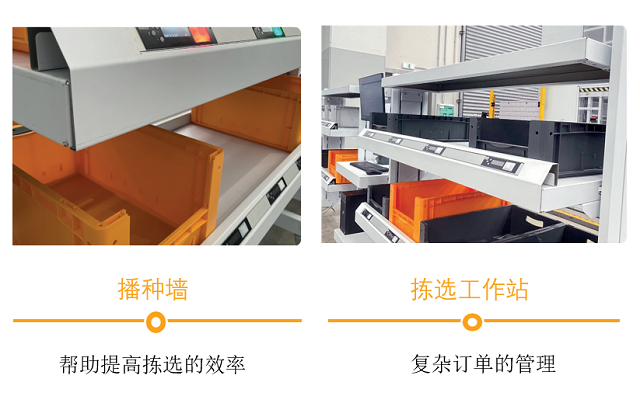
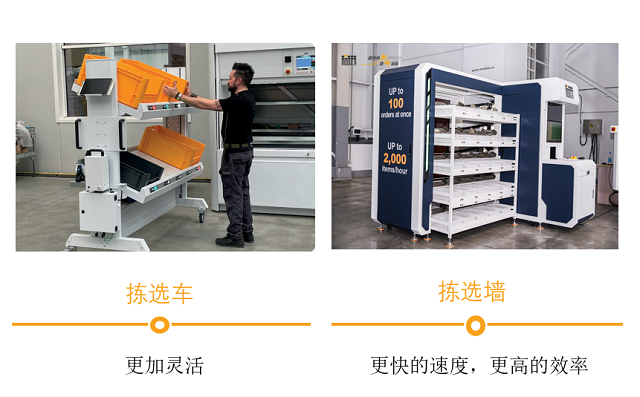
Applicable scenarios:Sorting centers and bulk order processing, improving batch picking efficiency.
03
How to Choose Modula Options?
1.Clarify the primary objective:Is it to improve efficiency, reduce errors, or enhance safety?
2.Match operational features:Choose options based on SKU count, material characteristics, and work frequency.
3.Pilot testing:Apply on a small scale in representative scenarios to verify effectiveness and suitability.
4.System integration and training:Ensure compatibility with WMS/ERP and conduct standardized training.
5.Continuous optimization:Improve configuration combinations gradually based on usage feedback and data results.
Modula’s options provide more possibilities for different business scenarios. Choosing the right combination makes warehousing truly a driver for enterprise growth.
